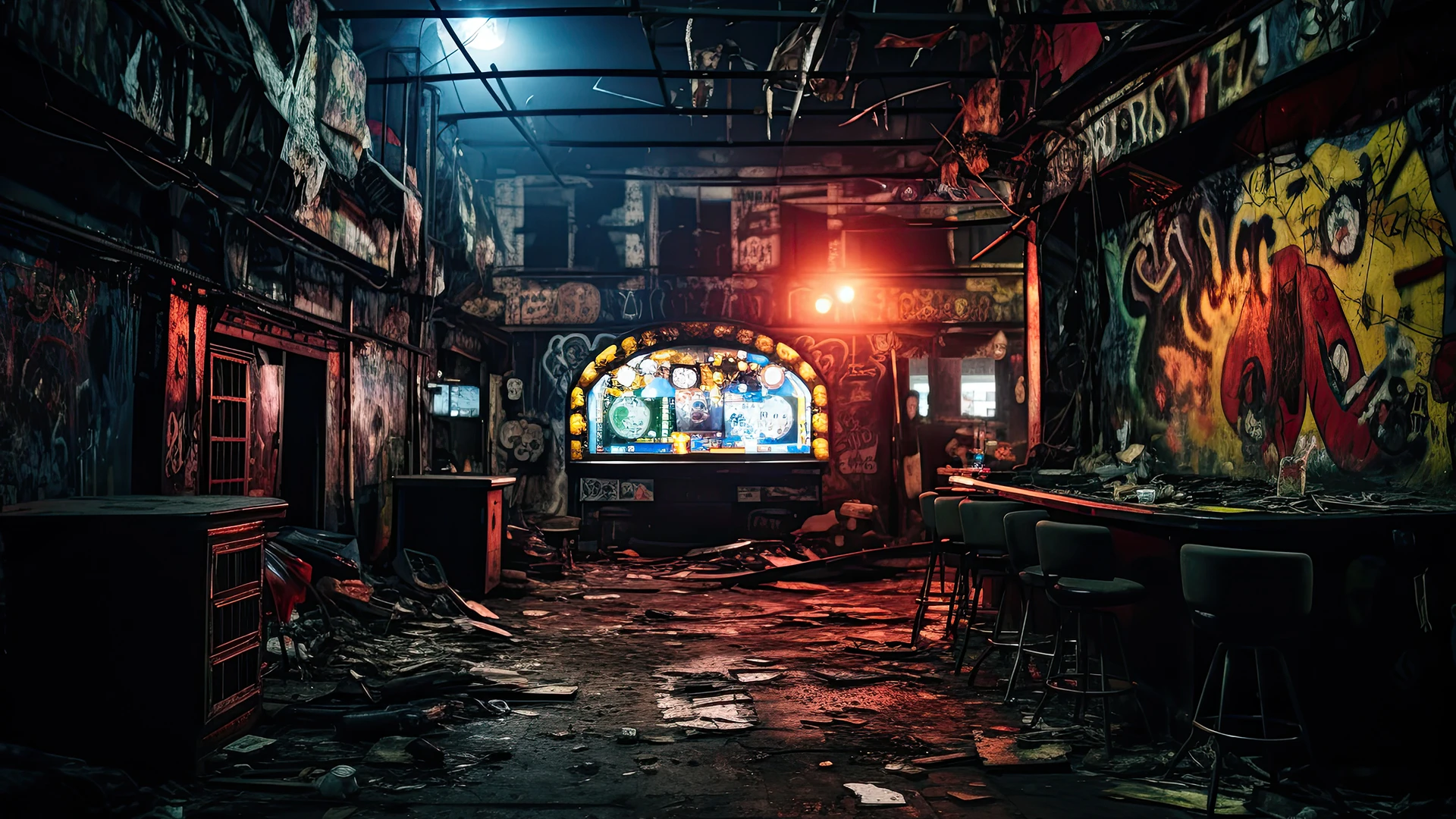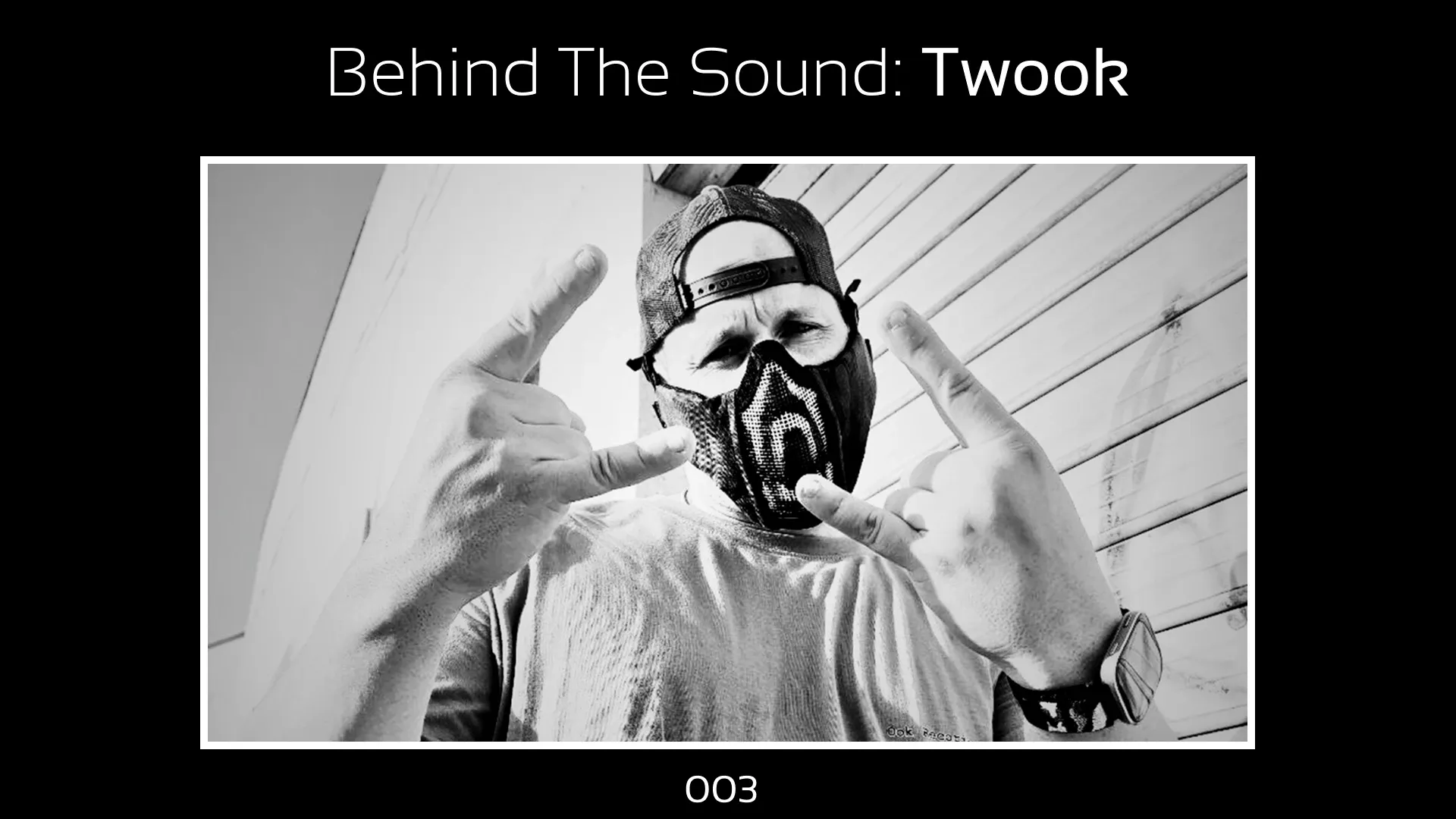The Silent Collapse of Club Culture: Why So Many Venues Are Disappearing
As small clubs close around the world, nightlife is facing a crisis. What’s left when the dance floor disappears?
6 minutes read
Once the heartbeat of nightlife small clubs are now fighting for their lives. Across cities like London, Berlin, New York, and Lisbon, independent venues, the very places that nurtured dance music culture, are closing at an alarming rate.
They’re being priced out, zoned out, and in some cases, burnt out. For every massive festival with sponsorship money and light shows, a dozen community-run dance floors are falling silent.
It’s not a new story; but in 2025, it’s reached crisis point.
The Shrinking Map of Nightlife
In August, a Guardian report estimated that the UK has lost nearly one in four late-night venues since 2020. Energy prices, rising rents, and licensing costs have made it almost impossible for smaller operations to survive.
What used to be a vibrant network of independent venues has now become fragmented, a few legendary clubs holding out amid constant pressure.
For every Fabric or Berghain that survives, dozens of small, independent rooms, the ones that actually break new artists and sounds, have vanished.
We used to have five or six rooms we could book for 300 people. Now we’ve got one, and it costs triple what it did five years ago.
- Reece Toller (promoter from Manchester, UK)
The Cost of a Rave
The economics of nightlife have changed drastically since the pandemic. Venues are paying more for everything: rent, sound systems, insurance, security, and staff, while audiences are spending less.
Even loyal ravers are feeling the squeeze. Inflation, higher transport costs, and cost-of-living stress mean people go out less often, or stay shorter hours when they do.
In Berlin, where the club scene once felt untouchable, energy costs have hit hard. Several venues, from smaller Kreuzberg spaces to warehouse-style raves, have reported closures or seasonal shutdowns.
In New York, independent venues are being pushed out by real estate speculation and strict noise limits. In São Paulo, city licensing bureaucracy drags on for months. In Seoul, curfews limit operating hours.
The result is the same everywhere: small, independent spaces can’t keep up.
The Disappearing On-Ramp
What’s being lost isn’t just places to party, it’s the ecosystem that feeds the entire culture.
Small clubs are where DJs learn to read a room, where producers hear their tracks on a system for the first time, where scenes take shape. When those spaces disappear, the pipeline from underground to mainstream weakens.
The small clubs are like music schools. They’re where you make your mistakes, where you find your people. When those vanish, the culture gets thinner, it becomes imported instead of grown.
- Felix Dorn (booker from Berlin, Germany)
Festivals can’t replace that. They’re too big, too seasonal, too expensive to serve as community hubs. A 200-person night in a sweaty basement may not look like much from the outside, but it’s where entire genres have been born.
House, techno, drum & bass, dubstep, all came from spaces that looked like fire hazards.
Why Big Doesn’t Mean Better
The irony is that dance music has never been more visible. Major festivals sell out instantly; household name DJs headline global tours; and electronic music contributes billions to the global economy.
Yet the foundation that supports that success is eroding. The small venues that feed creativity don’t benefit from that top-level growth. If anything, they’re being priced out by it.
The economics of scale have flipped. The same growth that made electronic music a global powerhouse has made local scenes fragile.
Culture vs Compliance
Beyond economics, red tape is a growing barrier. In many cities, opening a club or warehouse event has become a nightmare.
In London and Manchester, license applications require expensive legal support and compliance fees. In Amsterdam, post-COVID safety regulations now include air-quality and emergency upgrades many older venues can’t afford. In the U.S., liability insurance alone can break a small promoter.
And in places like Seoul and Istanbul, club culture is still viewed suspiciously by local authorities, making permits or late-night extensions difficult to secure.
It’s not just rent, it’s paperwork. The people who make culture aren’t lawyers. Every year it feels like the law wants us gone.
- Lina Voss (producer and part-time promoter)
When Gentrification Comes for the Night
Urban development is one of the biggest killers of club culture. The pattern is painfully familiar: artists and promoters bring energy into neglected industrial areas, those areas become “cool,” and within a few years, the rents spike.
Developers build apartments next to long-standing venues, new residents complain about noise, and local councils side with property owners. The clubs that made neighbourhoods desirable are the first casualties of their success.
It’s not just a European issue. In Mexico City, rising rents in Roma and Condesa have pushed out experimental art spaces. In Brooklyn, warehouse venues are being converted into office parks. In Johannesburg, new development has squeezed nightlife further from the city centre.
Every time a club gets a noise complaint, a developer gets their wings.
- Anonymous Promoter
Scenes That Survive
Still, not all is lost. Around the world, collectives are finding new ways to sustain nightlife through community ownership, pop-ups, and partnerships.
In Glasgow, the La Cheetah Club crowdfunded renovations directly from its regulars. In Lisbon, small crews rotate venues each month to avoid fixed overheads. In Nairobi, the Sondeka collective rents warehouses by the night and reinvests profits in shared equipment.
Even in London, organizations like the Night Time Industries Association (NTIA) are lobbying for tax breaks and planning protections for small venues, arguing they’re “cultural institutions, not liabilities.”
Some cities are beginning to listen. Berlin officially recognises “clubs” as cultural spaces (not just nightlife), giving them access to grants previously reserved for theaters and galleries. Similar efforts are starting in Amsterdam and Paris.
The results are mixed, but they hint at a possible blueprint.
The Festivalisation of Nightlife
Another trend reshaping club culture is the “festivalisation” of nightlife. With many small venues closing, big promoters are expanding into multi-day, multi-city events that blend live shows, raves, and conferences.
While these events keep the culture visible, they also risk flattening it. Big lineups often recycle the same names, leaving little space for local acts or experimentation.
It’s great that the scene feels global, but every lineup looks the same. You go to five festivals and hear the same fifteen DJs. That’s not culture, it’s commerce.
- Inês Duarte (A DJ from Lisbon, Portugal)
In short, festivals are thriving, but the culture that feeds them is starving.
How Independence Could Save the Rave
Ironically, the same independent ethos that’s reshaping the music industry might also be the key to saving nightlife.
As artists become more self-sufficient, many are bypassing traditional promoters altogether, organising their own nights, teaming up with friends, and building direct relationships with audiences.
Independent record stores double as pop-up venues. Small collectives stream their events online. Promoters pool resources instead of competing.
This decentralised model mirrors how independent artists have survived without labels, through shared networks rather than institutions.
Still, it’s fragile. One unexpected rent increase or equipment failure can end it overnight.
We’ve built something that feels alive again, but it’s like tending a fire in the wind. Every time it catches, something blows it out.
- Jade Mercer (a Bristol DJ who co-runs a monthly DIY night)
The Future of the Dance Floor
The battle for small clubs is about more than nightlife, it’s about urban identity and cultural memory. Cities that lose their grassroots venues lose the spaces where community, creativity, and risk-taking thrive.
Nightlife isn’t just escapism. It’s experimentation. It’s the laboratory where new sounds and social connections form, from queer collectives in basements to avant-garde techno in disused factories.
If policymakers treat it as expendable, they’re missing its value.
Some experts are calling for “cultural zoning”, policies that protect venues the way cities protect heritage buildings. Others propose municipal grants or cooperative ownership models.
But ultimately, survival will depend on communities themselves and on audiences willing to support small spaces as cultural infrastructure, not just party destinations.
The Sound of Resistance
Despite the challenges, the spirit of dance music remains stubbornly resilient. Across continents, people are still finding ways to gather, to move, to connect, even if the spaces keep changing shape.
In a time when cities are becoming quieter, more regulated, and more expensive, every surviving dance floor feels like an act of resistance.
The club is the last public space where strangers meet without a reason. If we lose that, we lose more than music, we lose the city’s soul.
- Felix Dorn
And that, more than rent prices or permits, is what’s really at stake.



